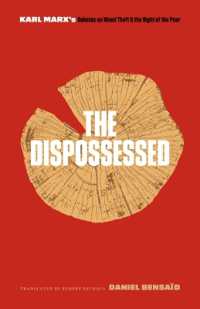- ホーム
- > 洋書
- > 英文書
- > History / World
Full Description
Part I of this book begins with a scriptural study of all Sheba references, particularly the origins and genealogy of the name and its connections with Hebrew patriarchs such as Abraham and kings Saul and David; it later explores the literature and legends surrounding king Solomon and his trade negotiations with Sheba. The text analyzes theories and links between the Queen of Sheba and Pharaoh Hatshepsut, and concludes that Sheba may well be the Pharaoh based upon linguistic associations and the related stories from a multitude of regions and countries.
Part II travels into ancient Arabian, Yemeni, Ethiopian, and Eritrean tales of the Queen of Sheba, and examines the mention of Sheba in an array of Jewish, Christian, and Muslim texts. It scrutinizes associations between ancient gods and pharaohs, particularly the similarity of their iconographic representations, the meaning of their symbols and signs that connect with Sheba legends and Hatshepsut's history, the real extent and location of her vast empire.
Contents
Table of Contents
Preface
Introducing the Legend
Part I : Genealogy, History and Religious Associations
1. Origin and Genealogy of the Name "Sheba" in Hebrew
deleteScriptures
2. Identification Controversy: Is the Queen of Sheba Pharaoh
deleteHatshepsut?
3. Gods and Goddesses: Continuing Clues to Sheba's Identity
4. Sheba as Iconic Archetype of Mother Goddess
5. Solomon: Supernatural King, Lover and Builder
6. International Competing Moguls
Part II : Literature: Sheba, Everyone's Queen
7. Jewish and Christian Accounts of Sheba
8. Qur'anic and Assorted Arabian Legends
9. Ethiopian Legends: Ancestral Claims and Political
deleteDominance
10. Final Assessment
Appendix A. Varied Names of the Queen of Sheba
Appendix B. Names and Relationships of the Four Most
deleteImportant Sumerian Deities
Chapter Notes
Bibliography
Index








